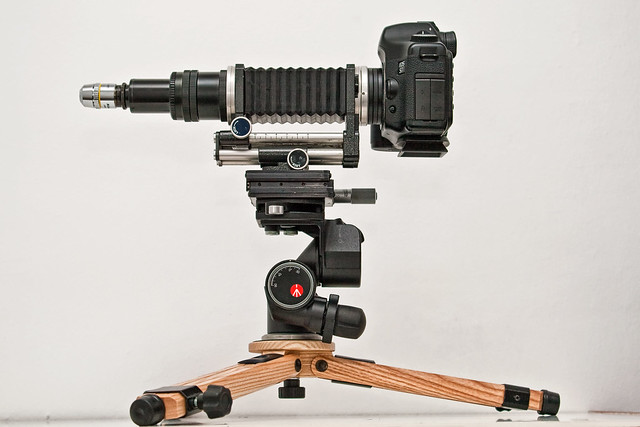In an earlier discussion we were talking about protecting the sensor from dust when usings bellows:
http://www.photomacrography.net/forum/v ... 33&start=0
Is anyone using some type of dust protection method they would like to share?
Currently looking at using a M42 to Nikon adapter with infinity focus element; but removing the infinity focus glass element and replacing it with SternKreuz watchmakers glass of appropriate dimensions.
My concerns are that this approach may introduce a 'hotspot' on the sensor or bounce-back effect between sensor and glass; there may also be a possible loss of contrast, etc.
Any thoughts, solutions, suggestions?



Hot Spot definition for clarification: ref: Jenoptik Optical Systems
Hotspotting is an optical issue. Specifically, a central hotspot is a ghost image of the aperture stop created by two ghost reflections. These reflections can occur between any two lens surfaces, or it can be a reflection off the sensor or coverglass followed by a reflection from a lens surface.
Craig


